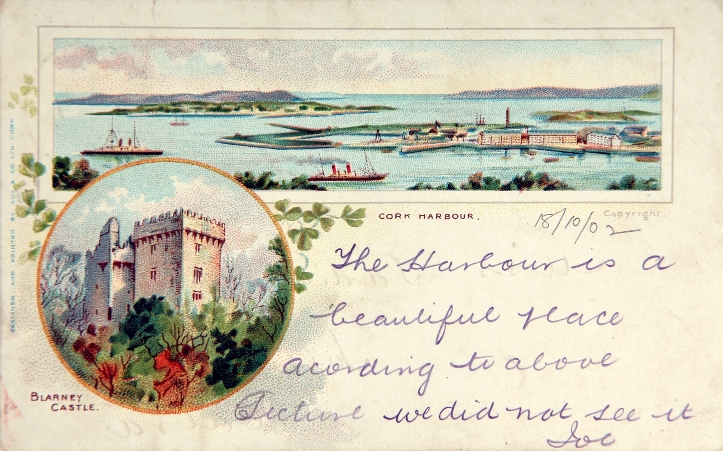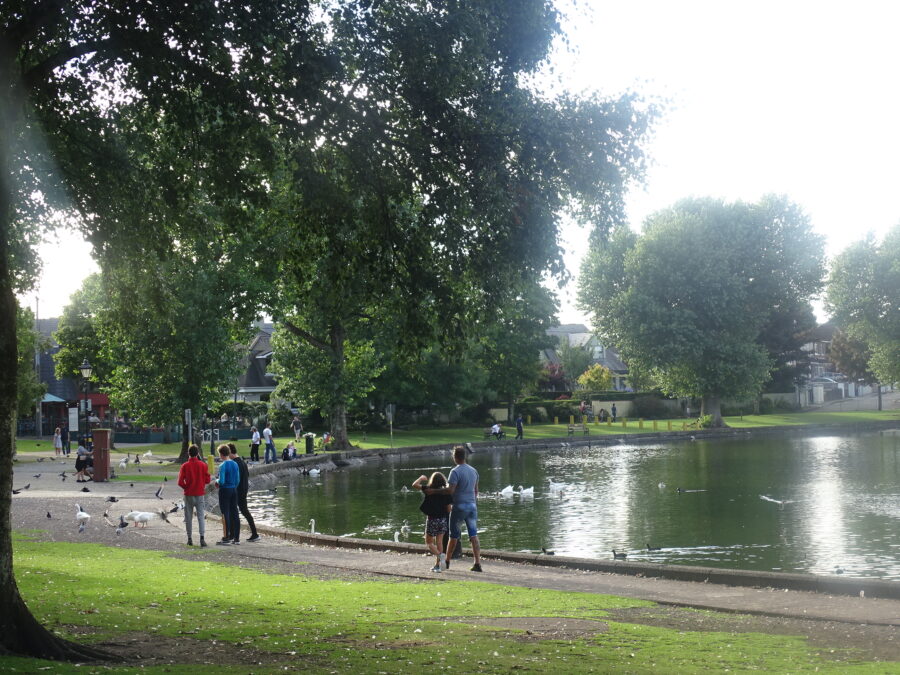
Kieran’s Our City, Our Town Article,
Cork Independent, 15 June 2023
Recasting Cork: A Sweepstake Pitch
In the immediate years of the Irish Free State, hospitals across the country, which for the most part were self-financing, struggled to raise additional finance. Hospitals faced a financial crisis in the early 1920s which threatened their survival. In the past hospitals had survived on large scale public financial contributions. This enabled hospitals to give free treatment to poorer patients. However, war time inflation, public demand for new and costlier medical treatments increased as well as demands to replace old medical equipment and the need for upkeep of old buildings.
To remediate the costs, some patients were asked to contribute towards the cost of their treatment. In an overall context, the process did not create new significant funding pools. Calls were made that the fledging Irish Free State Government should meet costs. However, many hospitals functioned as an independent operation and did not want state interference.
Historian Marie Coleman in her work, entitled The Origins of the Irish Hospitals’ Sweepstake (2002) details that in order to fill the severe financial gap, lotteries and sweepstakes emerged. However, lotteries, sweepstakes, and other games of chance, including raffles were prohibited by legislation as far back as 1823 – but traditionally a blind eye was turned towards smaller lotteries used for charitable purposes. When the new Irish Free State came into being there was confusion over the legal situation of lotteries and there were more pressing items arising from the ongoing Civil War, for the government to follow up on. But by early 1923, they enacted a prohibition on lotteries of which a number of key individuals went ahead at any rate.
Despite the prohibition in March 1923 and in the Cork context, P L Smyth – a Dublin businessman – through his Derby sweepstake proposal pitched an immediate cash investment of between £10,000 and £12,000 into Cork hospitals. He had had a successful sweepstake in the spring of 1923 in Dublin in aid of the Cancer Research Fund (Ireland) in connection with the Cancer Hospital on Dublin’s Hume Street. In a letter to the editor of the Cork Examiner on 21 March 1923, Richard Cody, a representative of the North Fever Hospital of the Cork Workers and Hospitals’ Committee, wrote in support of Mr Smyth’s proposal. The Committee was composed of representatives of the workers of Cork and of the various city hospitals. Richard wrote about the huge debt of the Fever Hospital. He outlines their bazaars, which were started to aid local charitable institutions at which “all the features of the racecourse, from the “thimble and pea” to the “art of fortune telling were resorted to”.
However, Richard explains that Mr Smyth laid before them a business proposition by which he was prepared to place in any bank in the city the sum of £10,000 to be divided up between the hospitals willing to accept their share of his generosity; “Win or lose, the sum would be the property of the committee of citizens that is to be set up to take charge of the money and distribute same”.
In addition, Richard describes that Mr Smyth would also lodge the sum of £10,000 or £12.000 towards providing the prizes in connection with the sweepstake. Such latter money would be distinctly independent of the thousands of pounds that would go towards printing, clerical work, postage, which would nearly all to be done locally.
Richard denotes that he personally has no interest in betting nor had he spent a shilling in betting but he looked at the offer to help Cork’s hospitals as a “splendid one”; “We will have no connection, one way or the other with its success or failure—we get the money before the sweepstake comes off”.
On 3 June 1923, Sir John Scott, Cork City High Sheriff, entertained and toasted P L Smyth, at a dinner at Cork’s Imperial Hotel. Many representative citizens were also present. After the toast the company then rose and after singing “For he’s a jolly good fellow” drank the toast, after which three cheers were given for Mr Smyth.
Sir John Scott revealed that Mr Smyth had encountered great difficulties in organising the sweepstake due to government prohibition. There was a general anti-sweepstake stance by Minister for Home Affairs Kevin O’Higgins. Despite this the four city hospitals – North and South Infirmaries, the Mercy Hospital, and the Fever Hospital, still were to benefit from the sum of £10,000.
Councillor John Horgan seconded the vote of thanks and outlined to the audience that the overall loss to Mr Smyth amounted to £33,000. In addition, when the hospital authorities discovered that the sweepstake was not going to be a success they had given Mr Smyth the opportunity of abandoning it. Mr Horgan noted of Mr Smyth that he had been “too honourable, too generous and too upright to avail himself of that opportunity”.
Mr P J Kavanagh, solicitor, detailed that he had known Mr Smyth for some years, and unfortunately legislation had been enacted “not favourable to sweepstakes, and this had increased Mr Smyth’s difficulties tenfold”.
When Mr Smyth’s time came to address the audience, he was greeted with prolonged applause. He noted was afraid he did not deserve all the things said of him, and he would tell them why; “I am first of all an Irishman, and I have simply rendered a service for the one outstanding county of the thirty-two, and that was for Cork. I stand for a gallant Cork where the ‘big fellows’ came from. I have been at all times humanitarian, and I hope considerate and thoughtful”.
Mr Smyth’s loss of £33,000 led him to not invest again. The Free State government continued their protest against sweepstakes and lotteries expressing an open view that were open to fraudulent activity. From 1929 onwards though, legislation was enacted to regulate the loopholes of lotteries and sweepstakes especially with regard to prize money, audits, and free tickets distribution.
Kieran’s Upcoming Walking Tour (free, two hours, no booking required).
Sunday afternoon, 18 June 2022, Blackpool: Its History and Heritage; meet at square on St Mary’s Road, opp. North Cathedral, 2pm.
Caption:
1206a. North Infirmary, Cork, c.1914 (picture: Cork City Library).

